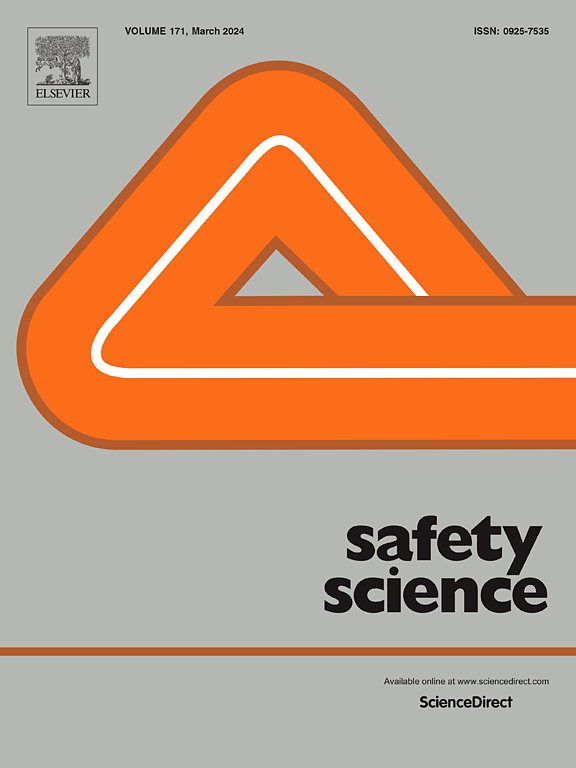To what extent has a systems thinking approach been applied to understand motor vehicle crashes involving ambulances? A systematic review of risk factors and characteristics
IF 4.7
1区 工程技术
Q1 ENGINEERING, INDUSTRIAL
引用次数: 0
Abstract
Motor vehicle crashes account for the largest proportion of workplace fatalities among paramedics in developed countries. Systems thinking is one approach that is popular when seeking to understand and manage complex road safety issues; however, it has not been applied to ambulance crashes. A systematic literature review was conducted to examine factors associated with motor vehicle crashes involving ambulances, and the extent to which systems thinking has been applied in this area. Crash factors were categorised using the Accident Mapping technique (AcciMap) (based on six hierarchical levels ranging from government to the road environment) and then synthesised according to whether they were crash/injury crash risk factors or characteristics. Of the 24 included studies, most only reported factors associated with the driver and their immediate environment (n = 23). The most commonly identified factors were intersection location, emergency use of the ambulance (lights and sirens operational) and non-use of restraints (all associated with increased risk of crash or injury crash). Two-thirds of studies were at risk of bias. Given the prominence of lower-level factors associated with road users, vehicles, and the road environment, it is concluded that systems thinking approaches would be beneficial to understand ambulance crashes, particularly for higher level system factors. Further research is recommended to i) examine the potential contribution of factors and their interactions that go beyond the driver and their immediate environment and ii) validate the current findings based on the low number of studies and their lack of methodological rigour in examining driver, vehicle and environmental factors. The development of a crash data collection and reporting system in line with system thinking principles is recommended as a first step to support the identification and systemic analysis of contributory factors across the entire sociotechnical system.
求助全文
约1分钟内获得全文
求助全文
来源期刊

Safety Science
管理科学-工程:工业
CiteScore
13.00
自引率
9.80%
发文量
335
审稿时长
53 days
期刊介绍:
Safety Science is multidisciplinary. Its contributors and its audience range from social scientists to engineers. The journal covers the physics and engineering of safety; its social, policy and organizational aspects; the assessment, management and communication of risks; the effectiveness of control and management techniques for safety; standardization, legislation, inspection, insurance, costing aspects, human behavior and safety and the like. Papers addressing the interfaces between technology, people and organizations are especially welcome.
 求助内容:
求助内容: 应助结果提醒方式:
应助结果提醒方式:


